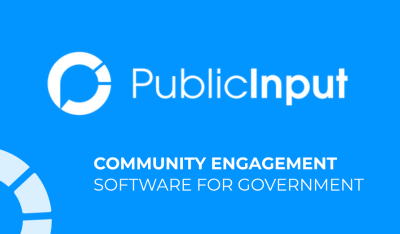
Community Engagement Strategy: The Social Media Challenge
Social media outreach is one of the most effective ways for state and local governments to connect with residents and stakeholders. Social media platforms, widely used among residents, provide a unique opportunity for governments to build an ongoing rapport with their community.
While the opportunities are vast, the challenge of sorting out “social media noise” can be a time-consuming task, posing difficulties in documenting and reporting. Here are a few more challenges that must be addressed when developing your social media strategy:
1. Digital Divide
Not all residents have access or proficiency in using social media platforms. State and local governments can mitigate potential exclusion by not relying exclusively on social media engagement.
2. Misinformation and Negative Feedback Amplification
Social media can be a breeding ground for misinformation, rumors, and negative feedback or criticism. Government account oversight is a critical need to actively manage, address and counteract these potential outcomes.
3. Resource Allocation
Maintaining an active and engaging social media presence requires dedicated staff and resources, which should be thoughtfully considered in the planning or budgeting process.
Despite these challenges, social media can be a valuable tool for modern governance. Here are just a few benefits state and local governments can expect when incorporating social media as an engagement tactic:
1. Expanded Reach and Accessibility
State and local governments have the opportunity to expand their reach to a broader audience who might not otherwise have access to interact with traditional outreach methods.
2. Real-time Communication
Social media enables governments to disseminate information quickly and efficiently, which can be of particular importance during emergencies or urgent situations.

3. Community Building
Social media platforms provide opportunities for fostering community cohesion and facilitating dialogue between residents and government.
4. Transparency and Accountability
Sharing information and updates on social media helps governments demonstrate transparency and accountability to their stakeholders.
5. Cost-effectiveness
Compared to traditional advertising and outreach methods, social media can be a more cost-effective way to reach a larger stakeholder audience.
6. Data Analytics
Social media platforms offer analytics tools that can help governments track engagement metrics and understand their audience better. This, in turn, helps inform future outreach efforts.
Want to learn more about how social media integrations can supercharge your community engagement strategy?



